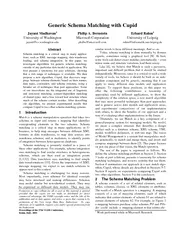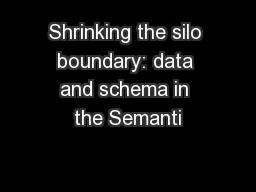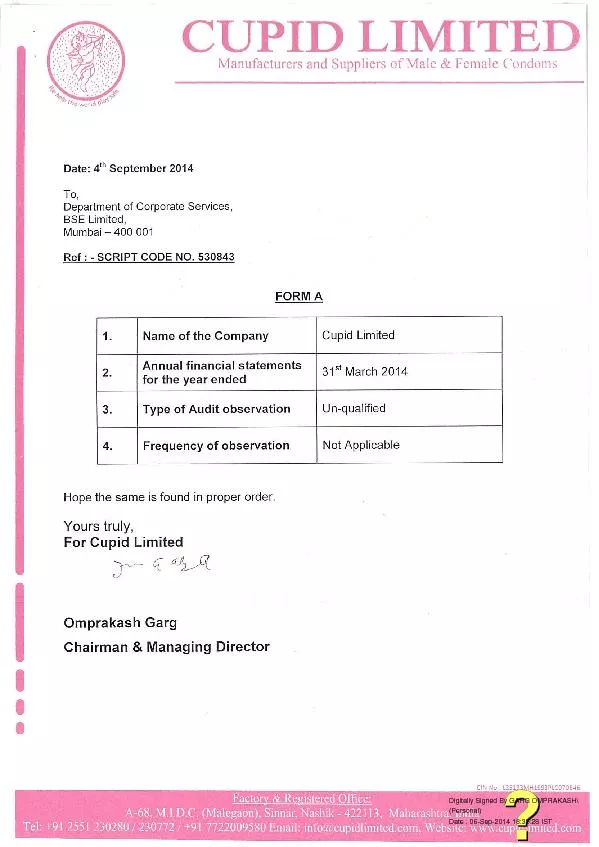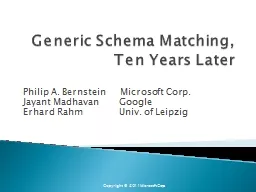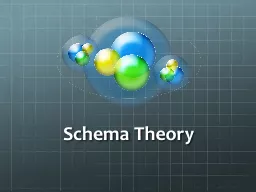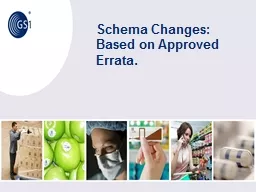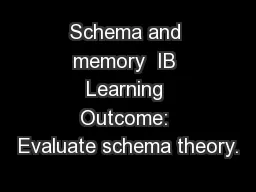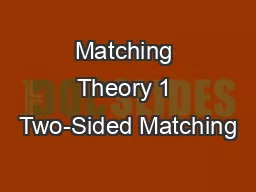PDF-Generic Schema Matching with Cupid Jayant Madhavan Ph
Author : mitsue-stanley | Published Date : 2015-05-24
Bernstein Erhard Rahm 1 University of Washington Microsoft Corporation University of Leipzig jayantcswashingtonedu philbemicrosoftcom rahminformatikunileipzigde
Presentation Embed Code
Download Presentation
Download Presentation The PPT/PDF document "Generic Schema Matching with Cupid Jayan..." is the property of its rightful owner. Permission is granted to download and print the materials on this website for personal, non-commercial use only, and to display it on your personal computer provided you do not modify the materials and that you retain all copyright notices contained in the materials. By downloading content from our website, you accept the terms of this agreement.
Generic Schema Matching with Cupid Jayant Madhavan Ph: Transcript
Download Rules Of Document
"Generic Schema Matching with Cupid Jayant Madhavan Ph"The content belongs to its owner. You may download and print it for personal use, without modification, and keep all copyright notices. By downloading, you agree to these terms.
Related Documents

